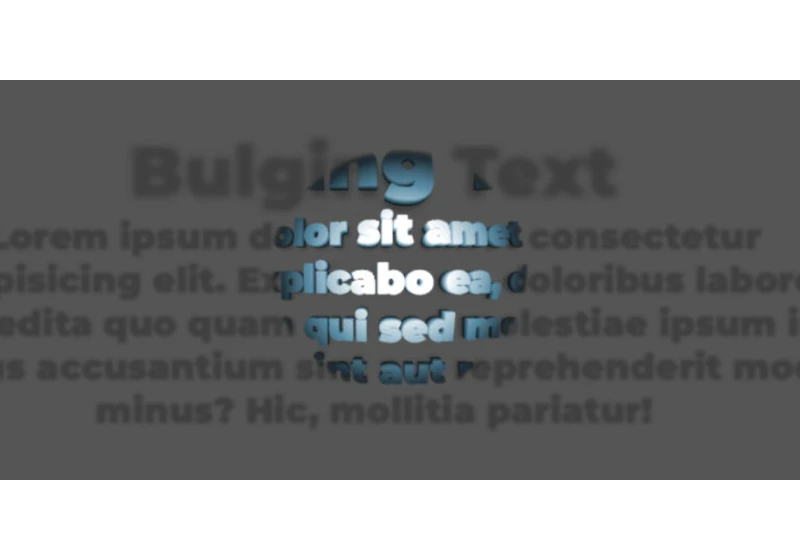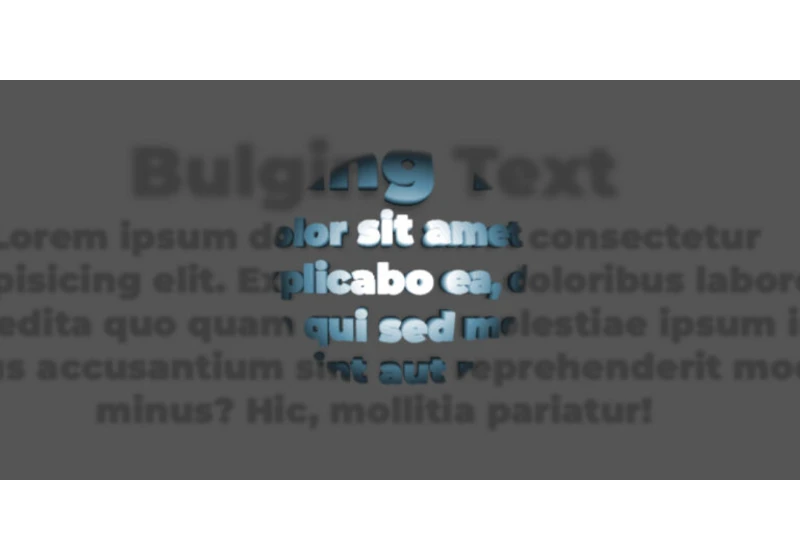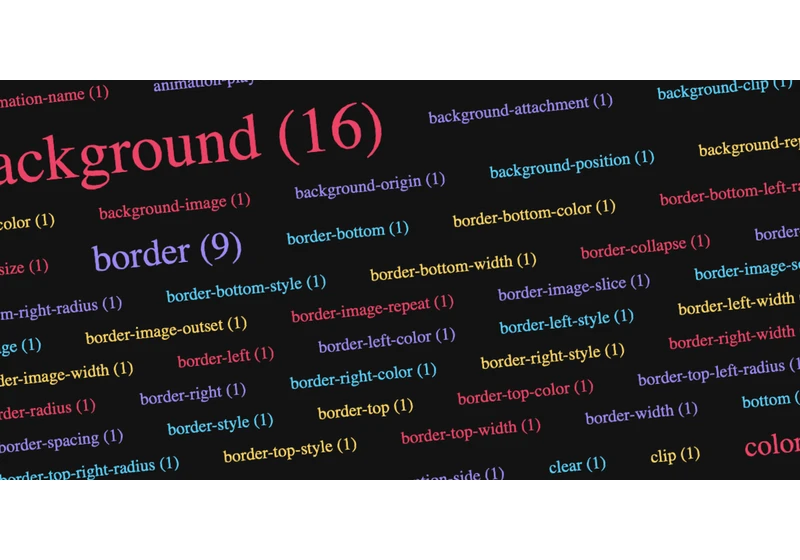
I’ve always liked tag clouds. I like the UX of seeing what tags are most popular on a website by seeing the relative font size of the tags, popular tags being bigger. They seem to have fallen out of fashion, …
The post Create a Tag Cloud with some Simple CSS and even Simpler JavaScript appeared first on CSS-Tricks. You can support CSS-Tricks by being an MVP Supporter.
https://css-tricks.com/create-a-tag-cloud-with-some-simple-css-and-even-simpler-javascript/

These things are so similar, I find it hard to keep them straight. This is a nice little explanation from viewBox (what a cool name and URL, I hope they keep it up). The big thing is that clipPath (the element in SVG, as well as clip-path in CSS) is vector and when it is applied, whatever you are clipping is either in or out. With a mask, you can also do partial transparency, meaning you can use … Read article “clipPath vs. mask”
The post clipPath vs. mask appeared first on

Big ol’ same to Michelle Barker here:
Here’s something I find myself needing to do again and again in CSS: completely covering one element with another. It’s the same CSS every time: the first element (the one that needs to be covered) has position: relative applied to it. The second has position: absolute and is positioned so that all four sides align to the edges of the first element.
.original-element { position: relative; }
.covering-element { position: absol

Over on the Polyplane blog (there’s no byline but presumably it’s Kilian Valkhof), there is a great article, Creating websites with prefers-reduced-data, about the prefers-reduced-data media query. No browser support yet, but eventually you can use it in CSS to make choices that reduce data usage. From the article, perhaps you only load web fonts if the user hasn’t indicated a prefernce for low data usage: @media (prefers-reduced-data: no-preference) { @font-face { font-f
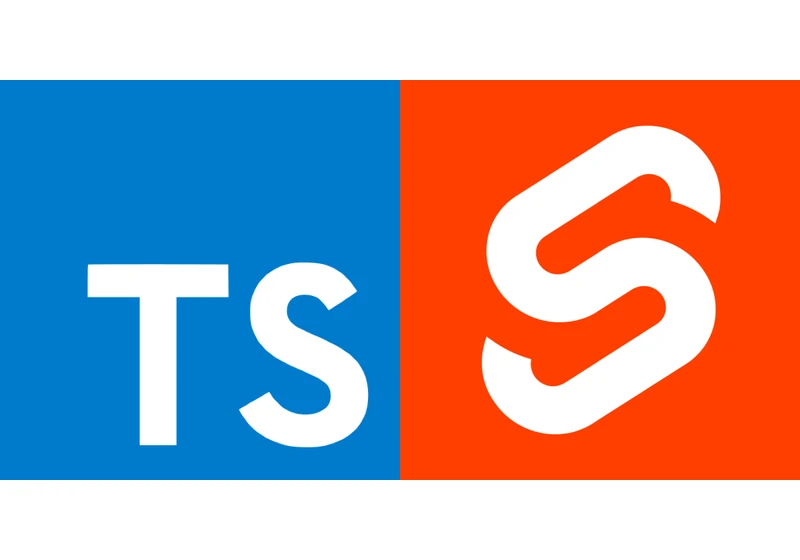
Svelte is one of the newer JavaScript frameworks and it’s rapidly rising in popularity. It’s a template-based framework, but one which allows for arbitrary JavaScript inside the template bindings; it has a superb reactivity story that’s simple, flexible and effective; and as an ahead-of-time (AOT) compiled framework, it has incredibly impressive perf, and bundle sizes. This post will focus on configuring TypeScript inside of Svelte templates. If you’re new to Svelte, I’d urge you to check out th

This article has no byline and is on a website that is even more weirdly specific than this one is, but I appreciate the trick here. A seven-column grid makes for a calendar layout pretty quick. You can let the days (grid items) fall onto it naturally, except kick the first day over to the correct first column with grid-column-start. Thoughts:
I’d go with an rather than a just because it seems like days are definitely ordered.
… Read article “A Calendar in Three Lines of C
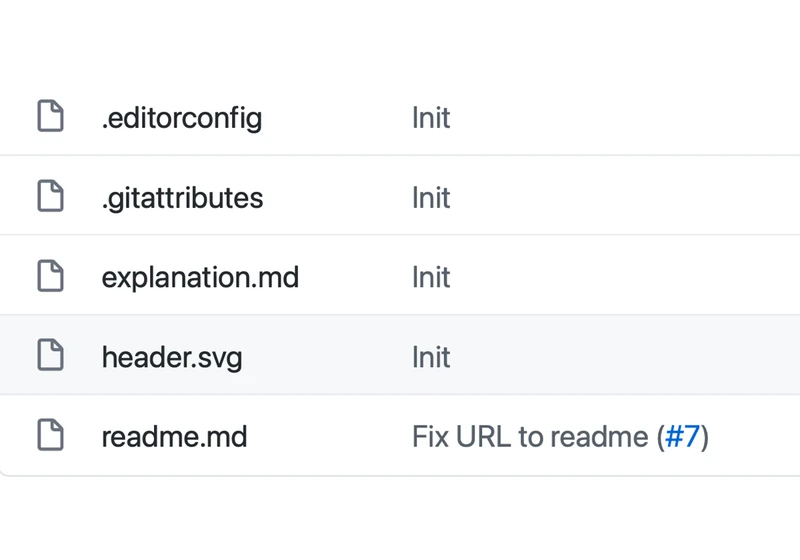
Even though GitHub Readme files (typically ./readme.md) are Markdown, and although Markdown supports HTML, you can’t put or tags init. (Well, you can, they just get stripped.) So you can’t apply custom styles there. Or can you?
You can use SVG as an (anywhere). When used that way, even stuff like animations within them play (wow). SVG has stuff like for textual content, but also for regular ol’ HTML content. SVG
… Read article “Custom Styles in GitHub Rea

Lighthouse is a free and open-source tool for assessing your website’s performance, accessibility, progressive web app metrics, SEO, and more. The easiest way to use it is through the Chrome DevTools panel. Once you open the DevTools, you will see a “Lighthouse” tab. Clicking the “Generate report” button will run a series of tests on the web page and display the results right there in the Lighthouse tab. This makes it easy to test any web page, whether public or … Read article “Cont
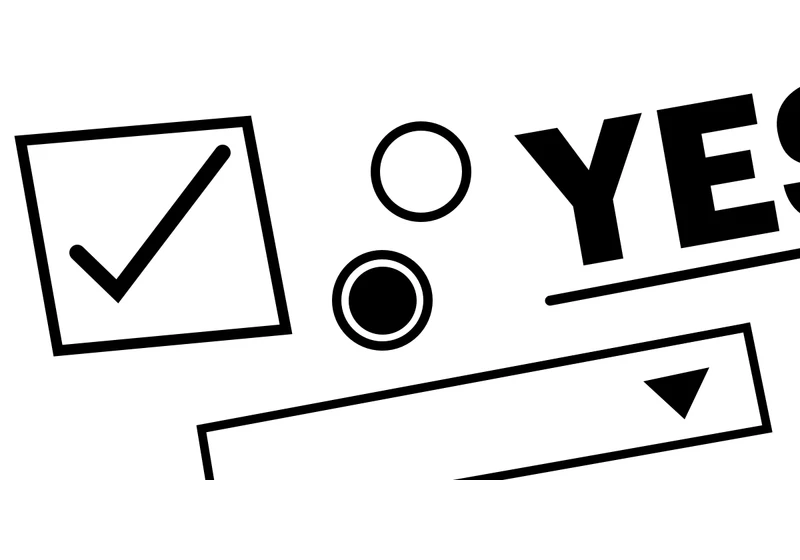
Sara Soueidan digs into this HTML/UX situation. “Yes” or “no” is a boolean situation. A checkbox represents this: it’s either on or off (uh, mostly). But is a checkbox always the best UX? It depends, of course:
Use radio buttons if you expect the answer to be equally distributed. If I expect the answer to be heavily biased to one answer I prefer the checkbox. That way the user either makes an explicit statement or just acknowledges the expected
… Read artic
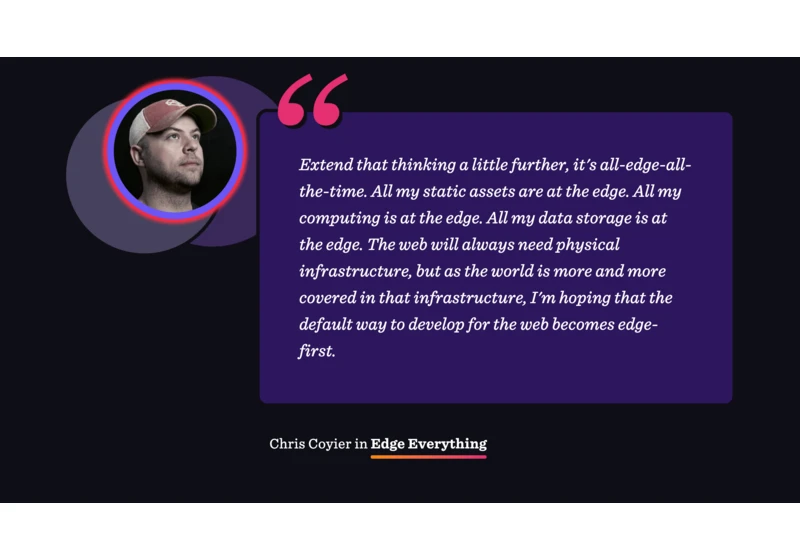
The series is a wrap my friends! Thanks for reading and a big special thanks to all the authors this year who shared something they have learned. Many authors really swung wide with thoughts about how we can be better and do better, which of course I really love.
Adam showed us logical properties and, through their use, we’re building layouts that speak the language of the web and are far more easily adaptable to other written languages. Jennifer told
… Read article “Edge
